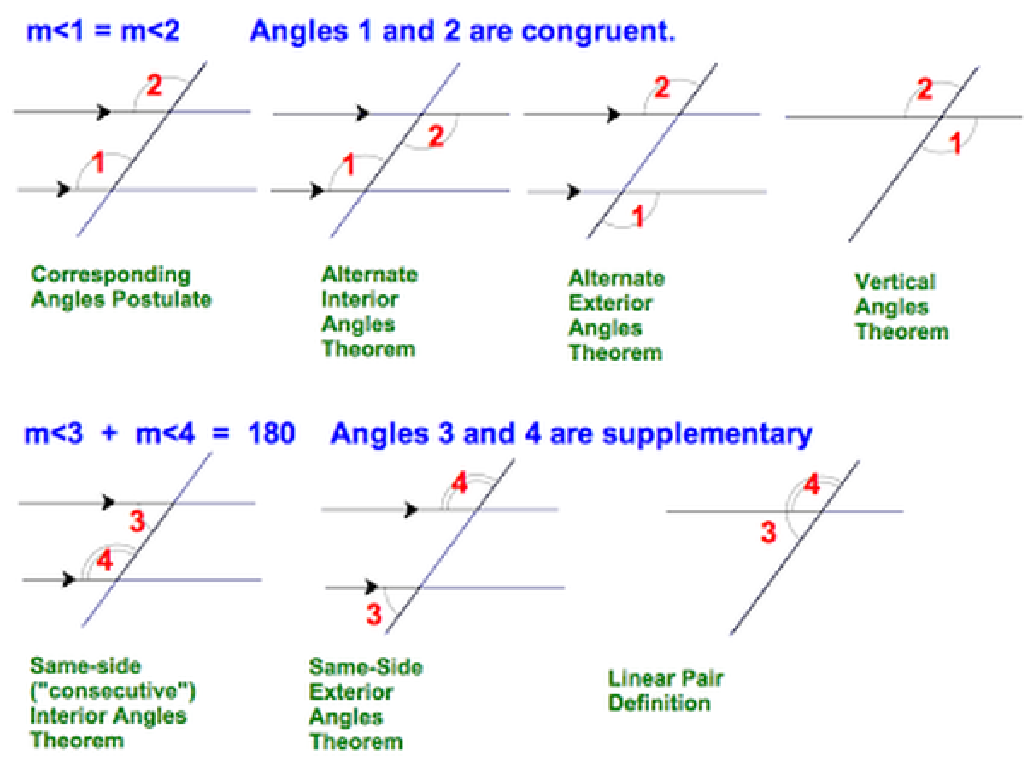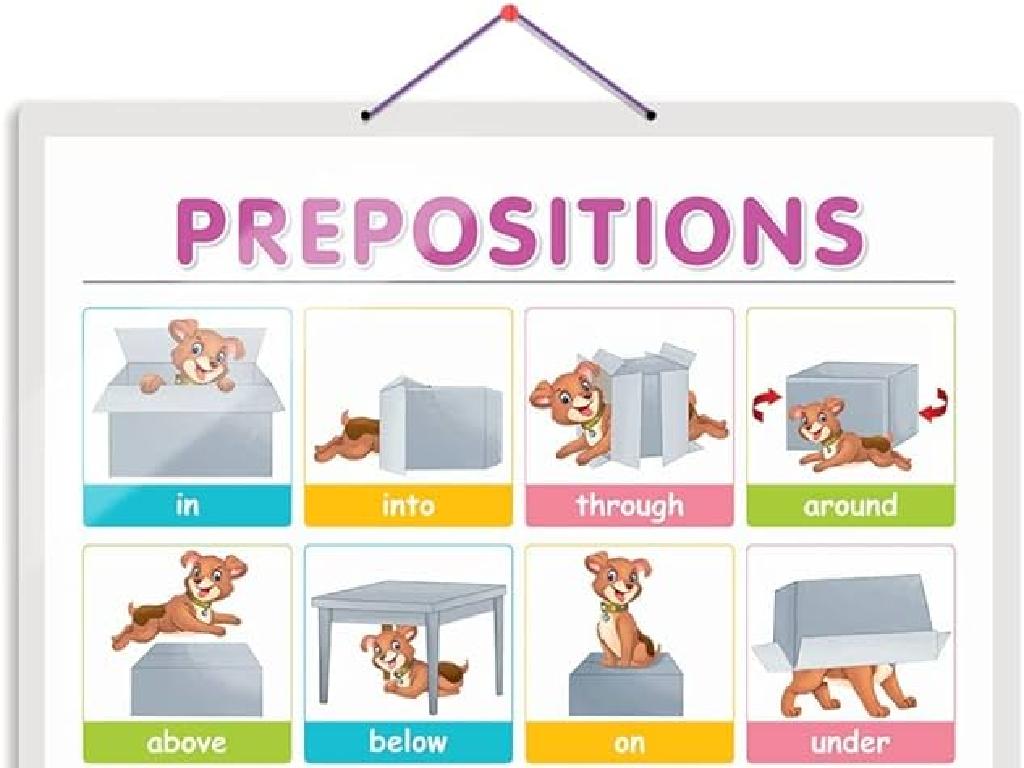Science Literacy: How Does The Nervous System Produce Phantom Pain?
Subject: Science
Grade: Seventh grade
Topic: Anatomy And Physiology
Please LOG IN to download the presentation. Access is available to registered users only.
View More Content
Exploring Phantom Pain in the Nervous System
– Nervous system introduction
– The nervous system controls body’s responses and sensations.
– Science literacy in anatomy
– Understanding scientific concepts and their applications in real life.
– What is phantom pain?
– Pain felt in a body part that’s no longer there.
– Investigating causes of phantom pain
– Explore how the brain and nerves create this sensation.
|
This slide introduces the complex topic of phantom pain within the context of the nervous system, tailored for seventh-grade science students. Begin by explaining the nervous system’s role in sensation and movement. Emphasize the importance of science literacy, which enables students to comprehend and apply anatomical concepts. Define phantom pain as the sensation of pain in a limb or part of the body that has been amputated. Discuss how the brain and nerves can still send pain signals even after the body part is gone, leading to this curious phenomenon. Encourage students to think critically about how our body’s perception of pain can sometimes be disconnected from physical reality.
Exploring the Nervous System and Phantom Pain
– Central vs. peripheral nervous system
– CNS includes the brain and spinal cord; PNS connects the rest of the body to CNS.
– Neurons: the signal transmitters
– Neurons send electrical and chemical signals throughout the body.
– Nervous system’s role in reactions
– It processes information and triggers responses to stimuli.
– Understanding phantom pain
– Phantom pain occurs when nerves send pain signals despite missing limbs.
|
This slide introduces the nervous system’s structure and function, setting the stage for understanding phantom pain. The central nervous system (CNS) is the control center, while the peripheral nervous system (PNS) acts as the communication network. Neurons are the cells responsible for transmitting signals. The nervous system interprets the world and coordinates our reactions. Phantom pain is a complex phenomenon where pain is felt in an absent limb, illustrating the intricate workings of nerve signals. Discuss how the brain can still receive pain messages from nerves that originally carried impulses from the missing limb, leading to the sensation of pain.
Science Literacy: Understanding Phantom Pain
– Significance of science literacy
– Grasping scientific concepts is crucial for learning and innovation.
– Applying knowledge practically
– Use scientific understanding to interpret new scenarios.
– Developing critical thinking
– Critical thinking in science leads to better problem-solving skills.
– Exploring phantom pain
– Investigate how the nervous system can create sensations without stimuli.
|
This slide aims to emphasize the importance of science literacy in the context of understanding complex phenomena like phantom pain. Science literacy is not just about knowing facts but also about applying that knowledge to new situations, such as understanding medical conditions. It’s crucial for students to develop critical thinking skills to analyze and interpret scientific information. By exploring how the nervous system can produce the sensation of pain without physical stimuli, students can apply their knowledge of anatomy and physiology to a real-world problem, enhancing their comprehension and critical thinking skills in science.
Understanding Phantom Pain
– Defining phantom pain
– Pain felt in a limb that’s no longer there
– Who feels phantom pain?
– Commonly experienced by amputees
– The mystery of absent limb pain
– Brain’s pain signals continue despite limb loss
– Theories behind phantom pain
– Ideas range from nerve damage to brain remapping
|
Phantom pain refers to the sensation of pain that an individual feels in a part of the body that has been amputated. It is a puzzling phenomenon often experienced by amputees where the brain continues to receive pain signals from nerves that originally carried impulses from the missing limb. Current theories suggest that phantom pain may be due to a mix of factors including nerve damage at the site of amputation and the brain’s attempt to remap the sensory circuitry. This slide aims to introduce students to the concept of phantom pain, its prevalence among amputees, and the ongoing research to understand the underlying mechanisms. Encourage students to think critically about the challenges of treating pain that has no physical source and the importance of neurological research.
The Brain’s Role in Phantom Pain
– Brain’s pain signal processing
– The brain interprets signals from nerves as pain.
– ‘Neural map’ and its role
– Neural maps are brain’s representation of body parts.
– Brain changes post limb loss
– Limb loss can cause the brain’s map to change.
– Understanding phantom pain
|
This slide explores the brain’s involvement in the experience of phantom pain, which is pain felt in a part of the body that’s no longer there. Students will learn how the brain processes pain signals and the concept of a ‘neural map’, which is how the brain organizes sensory information from different body parts. When a limb is lost, the neural map can change, leading to the sensation of pain in the absent limb. This phenomenon helps us understand the brain’s powerful role in interpreting physical sensations and the complexities of pain perception. Encourage students to think about how the brain adapts to changes in the body and the implications for people experiencing phantom pain.
Case Studies: Understanding Phantom Pain
– Real-life phantom pain examples
– Stories of people who experience pain in absent limbs
– Managing and treating phantom pain
– Use of medication, therapy, and lifestyle changes
– Emotional effects of phantom pain
– Phantom pain can lead to emotional distress and coping strategies
– Insights from pain management
|
This slide aims to provide students with a deeper understanding of phantom pain through real-world examples. Discuss the stories of individuals who have experienced phantom pain, emphasizing the nature of the pain in limbs that are no longer present. Explore the various methods patients use to manage and treat their pain, including medication, physical therapy, and alternative treatments. Highlight the emotional impact of living with phantom pain, such as frustration, sadness, and the development of coping mechanisms. Encourage empathy by discussing the challenges faced by those with phantom pain and the importance of psychological support in their treatment plans.
Managing Phantom Pain
– Overview of treatment methods
– Treatments include medications, therapies, and lifestyle changes.
– Medication and therapy roles
– Medications can reduce pain; therapy can help the brain adapt.
– Alternative treatment options
– Acupuncture, meditation, and biofeedback are alternative methods.
– Emerging technologies in management
– Virtual reality and neurostimulation are new tech approaches.
|
This slide aims to educate students on the various methods available for treating and managing phantom pain. It’s important to discuss how a combination of medication, therapy, and alternative treatments can be tailored to each individual’s needs. Medications often help in reducing pain sensations, while therapy, such as mirror therapy, can assist in retraining the brain. Alternative treatments like acupuncture and meditation offer non-pharmaceutical options. Highlight emerging technologies such as virtual reality, which can distract the brain from pain, and neurostimulation, which uses electrical impulses to alleviate pain. Encourage students to think critically about how these treatments can improve the quality of life for individuals experiencing phantom pain.
Class Activity: Understanding Phantom Pain
– Engage in Mirror Box Therapy Simulation
– Objective: Empathize with patients
– Simulate treatment to grasp what patients endure
– Materials: Mirror, box, objects
– Use these to simulate therapy sessions
– Reflect on the experience
– Discuss feelings and learnings post-activity
|
This activity is designed to give students a hands-on understanding of how phantom pain is treated and what patients experience. Mirror box therapy is a real-world treatment used to alleviate phantom limb pain. Students will use a mirror and box to simulate the therapy, attempting to ‘trick’ their brain into perceiving movement in a mirrored object as movement in their own body. This can help them empathize with patients dealing with such complex pain. Provide a variety of objects for interaction to make the simulation more engaging. After the activity, lead a discussion to reflect on their feelings and insights gained. Possible variations of the activity could include using different sized mirrors or objects, or simulating different types of phantom sensations.
Conclusion: Understanding Phantom Pain
– Recap: Nervous System & Phantom Pain
– The nervous system can produce pain even in absent limbs.
– Empathy’s Role in Science
– Empathy helps us support those with conditions like phantom pain.
– Engage in Q&A Session
– Reflect on Today’s Learning
– Think about how this knowledge impacts our view of pain.
|
As we conclude, recap the key points about how the nervous system can create the sensation of pain in limbs that are no longer present, known as phantom pain. Emphasize the importance of empathy in science, particularly in understanding and supporting individuals who experience such conditions. Open the floor for a Q&A session, encouraging students to ask questions to clear up any confusion. Finally, prompt students to reflect on what they’ve learned and consider the implications of this knowledge on their perception of pain and how it can affect individuals differently.






